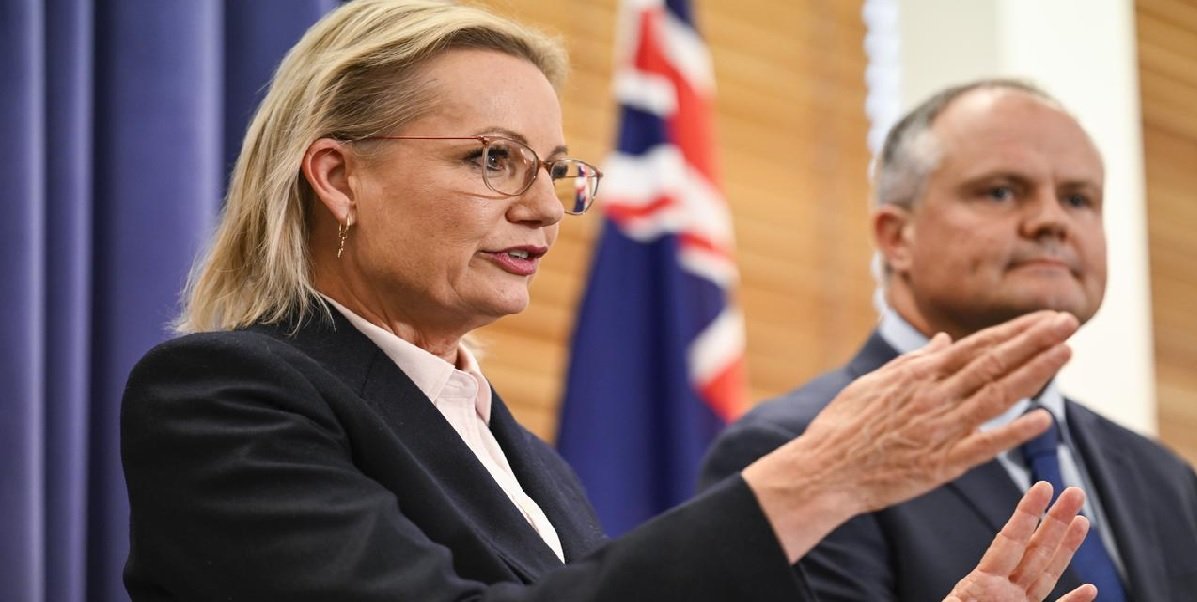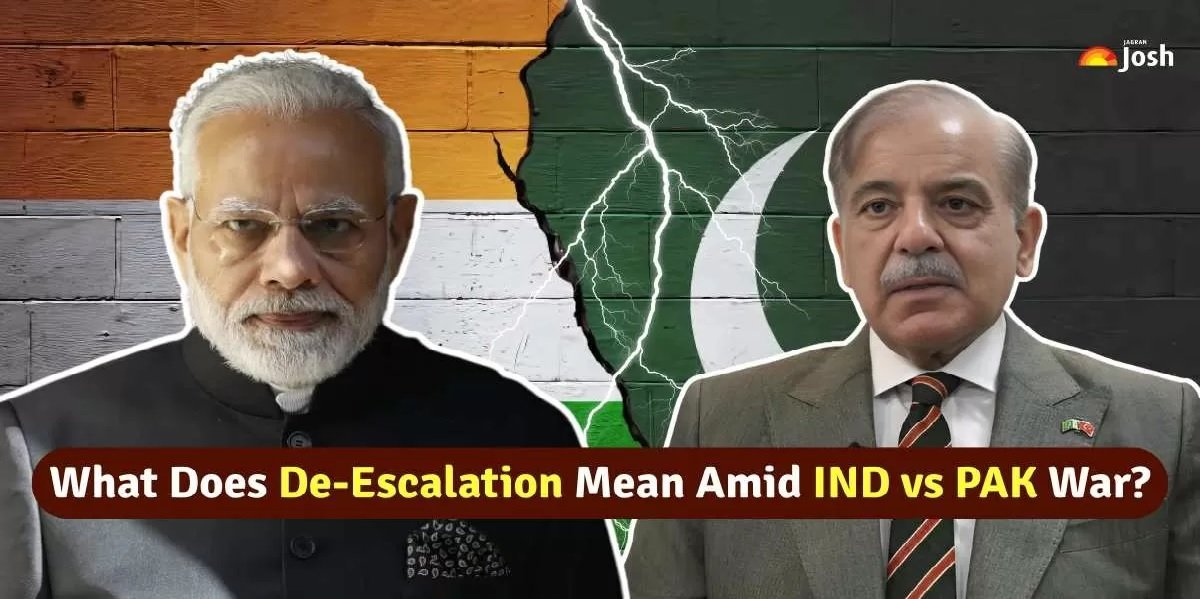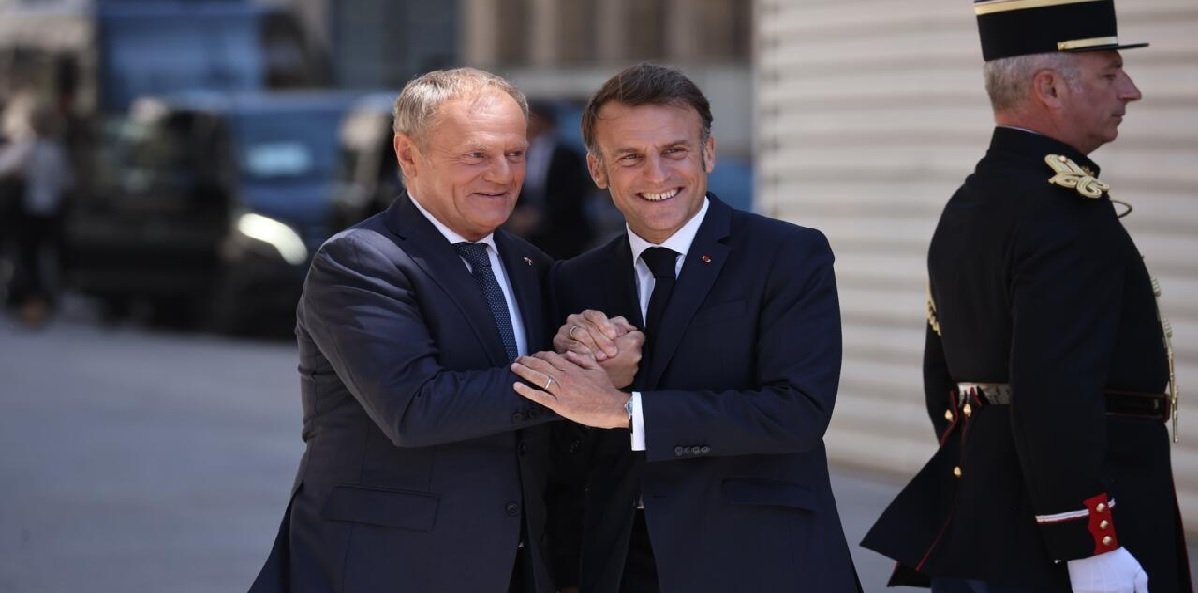“Donald Trump’s engagement with the Middle East has been marked by a distinctive approach, blending diplomatic initiatives with business-oriented strategies. Notably, his Mideast tour, a key component of Trump’s Interfaith Diplomacy, highlighted his focus on interfaith dialogue and forging new regional alliances. This focus on interfaith dialogue, a principal tenant of Trump’s Interfaith Diplomacy, was a clear point of his tour. The tour its self can be seen as an example of Trump’s Interfaith Diplomacy in action. When examining the results of the tour, the results of Trump’s Interfaith Diplomacy are clear. It is very important to examine the effects of Trump’s Interfaith Diplomacy when looking at the middle east in this time period.”
A key element of this tour was the emphasis on the Abraham Accords, agreements that normalized relations between Israel and several Arab nations. This diplomatic achievement was central to Trump’s vision for a transformed Middle East.
Here’s a breakdown of key aspects:
- The Abraham Accords:
- These accords, brokered by the Trump administration, facilitated the normalization of relations between Israel and the United Arab Emirates, Bahrain, and other nations.
- The agreements aimed to foster greater cooperation and stability in the region, promoting economic partnerships and cultural exchange.
- A symbolic moment of the tour was Trumps visit to the Abrahamic Family House in Abu Dhabi, a location that houses a mosque, a church and a synagogue.
- Interfaith Dialogue:
- Trump’s tour included efforts to promote interfaith understanding, emphasizing the shared heritage of the Abrahamic religions.
- The visit to the Abrahamic Family House was a clear symbol of this, designed to show the possibility of interfaith harmony.
- Economic Partnerships:
- Alongside diplomatic efforts, Trump’s tour focused on strengthening economic ties with Middle Eastern nations.
- Significant business deals and investment agreements were a prominent feature of the tour, highlighting the administration’s emphasis on economic partnerships.
- For example, deals were made involving the selling of Boeing aircraft to Etihad airways.
- Regional Dynamics:
- It’s crucial to acknowledge the complex regional dynamics that shaped Trump’s Mideast tour.
- While the Abraham Accords represented a significant diplomatic achievement, the region continues to face challenges, including ongoing conflicts and political tensions.
- The tour occurred while violence was occuring in the West bank, and Gaza.
- Controversies and criticisms:
- It is also important to note that the tour, and the Trump administrations handling of middle eastern policy was not without critics. Some critics pointed to the lack of emphasis on human rights during the tour.
Beyond the Accords: Lingering Questions and Future Trajectories
While the Abraham Accords marked a significant shift in regional dynamics, questions remain about their long-term sustainability and broader impact.
- Palestinian Perspective:
- The accords were notably criticized for their exclusion of the Palestinian perspective.
- Critics argued that the normalization of relations between Israel and Arab states without addressing the Palestinian issue undermined the prospects for a lasting peace.
- The lack of progress on the Israeli-Palestinian conflict remains a significant challenge to regional stability.
- Iran’s Influence:
- Trump’s approach to the Middle East was also characterized by a hardline stance against Iran.
- The administration’s withdrawal from the Iran nuclear deal and its imposition of sanctions aimed to curb Iran’s regional influence.
- However, this approach also contributed to increased tensions and instability in the region.
- The Role of Saudi Arabia:
- Saudi Arabia’s role in the region is pivotal, and its relationship with the Trump administration was a key factor in the Mideast tour.
- While Saudi Arabia did not formally normalize relations with Israel during Trump’s presidency, its tacit support for the Abraham Accords was seen as significant.
- The future of the middle east is still very much dependant on the actions of Saudi Arabia.
- Long-Term Impact on Interfaith Relations:
- The emphasis on interfaith dialogue during the tour raised hopes for greater understanding and cooperation between different religious communities.
- However, the long-term impact of these efforts remains to be seen.
- The ability for the different religions to keep working together, and to continue to find common ground is very important.
- Consequences of the US embassy move:
- The movement of the US embassy to Jerusalem was a very controversial move. This move was seen by many as a move that undermined the peace process.
- This move created much more tension in the area.
Rhetoric and Symbolism: Shaping Perceptions

“Trump’s Interfaith Diplomacy communication style, often characterized by strong pronouncements and symbolic gestures, played a significant role in shaping perceptions of Trump’s Interfaith Diplomacy Mideast diplomacy. Trump’s Interfaith Diplomacy, in its communication style, often characterized by strong pronouncements and symbolic gestures, played a significant role in shaping perceptions of Trump’s Interfaith Diplomacy Mideast diplomacy. Trump’s Interfaith Diplomacy also shaped perceptions.”
- “America First” and Regional Alliances:
- The “America First” doctrine, which prioritized U.S. interests, was evident in Trump’s approach to regional alliances.
- While fostering partnerships, the administration also emphasized burden-sharing, urging Middle Eastern nations to take greater responsibility for their own security.
- This approach was seen by some as transactional, and others as a refreshing change.
- Emphasis on Shared Threats:
- Trump’s rhetoric often focused on shared threats, particularly from Iran and extremist groups, to forge common ground between regional actors.
- This emphasis on shared threats helped to create a sense of urgency and facilitate cooperation on security matters.
- Symbolic Gestures:
- The visit to the Western Wall in Jerusalem, a significant religious site for Jews, and the previously mentioned Abrahamic Family house, were symbolic gestures aimed at demonstrating respect for different faiths.
- These actions were intended to reinforce the message of interfaith dialogue and cooperation.
- Reception within the Region:
- The reception of Trump’s Mideast tour varied across the region.
- While some Arab leaders welcomed the administration’s efforts to counter Iran’s influence and promote regional stability, others expressed concerns about the lack of progress on the Palestinian issue.
- The general population of many of the countries had varying opinions, and many times these opinions differed greatly from the opinions of their governments.
- International Reactions:
- International reactions to Trump’s Mideast diplomacy were also mixed.
- Some nations praised the Abraham Accords as a positive step towards peace, while others criticized the administration’s unilateral actions and its approach to Iran.
- Many international organizations expressed concern about the potential negative effects of the US embassy move.
Long-Term Considerations: Trump’s Interfaith Diplomacy
The long-term impact of Trump’s Mideast tour and his interfaith diplomacy will depend on several factors, including:
- The sustainability of the Abraham Accords: Whether these agreements can foster lasting peace and cooperation in the region.
- The resolution of the Israeli-Palestinian conflict: The ability to achieve a just and lasting peace between Israelis and Palestinians.
- The future of Iran’s nuclear program and its regional influence: The ability to address the challenges posed by Iran’s actions.
- The role of regional powers: The ability of Saudi Arabia, Turkey, and other regional powers to contribute to stability and cooperation.
- The continued involvement of the United States: The degree to which the United States remains engaged in the region.
Ultimately, Trump’s Mideast tour and his interfaith diplomacy represent a complex chapter in the region’s history, with both positive and negative aspects.
Conclusion
Trump’s Interfaith Diplomacy aimed to reshape the region through interfaith dialogue and strategic alliances, notably the Abraham Accords. While achieving some diplomatic breakthroughs, a critical assessment of Trump’s Interfaith Diplomacy reveals it also faced criticism for neglecting the Palestinian issue and potentially increasing regional tensions. The long-term impact of Trump’s Interfaith Diplomacy remains uncertain, and understanding the complexities of Trump’s Interfaith Diplomacy requires further analysis. It is clear that Trump’s Interfaith Diplomacy left a complex legacy.
Read About Cryptocurrency Trading.










